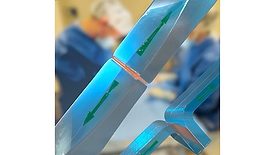Home » Keywords: » adhesives in medical/dental
Items Tagged with 'adhesives in medical/dental'
ARTICLES
Adhesive for Biosensors
This one-component, solvent-free and humidity-resistant adhesive features a low Young’s modulus of 160 MPa.
April 15, 2024
EVENTS
The latest news and information
Content focused on adhesive & sealant manufacturing, formulations and finished products
SUBSCRIBE TODAYCopyright ©2024. All Rights Reserved BNP Media.
Design, CMS, Hosting & Web Development :: ePublishing


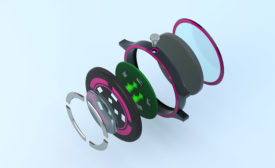

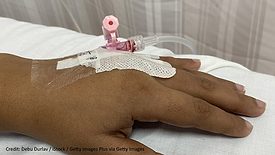
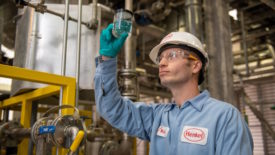
.jpg?height=168&t=1676382930&width=275)
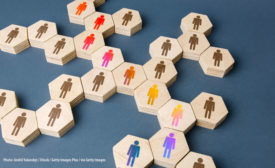

.jpg?height=168&t=1709670950&width=275)
